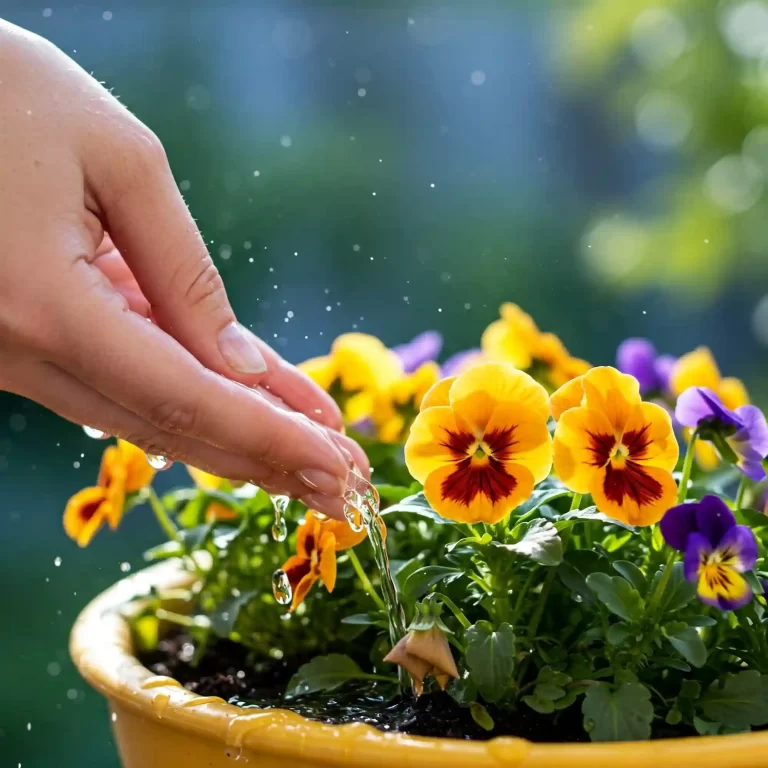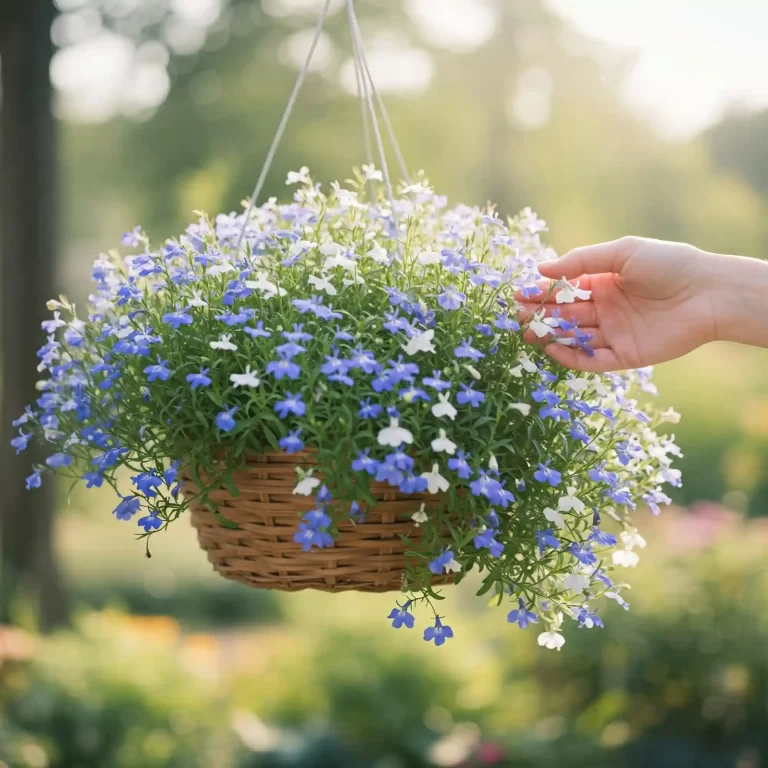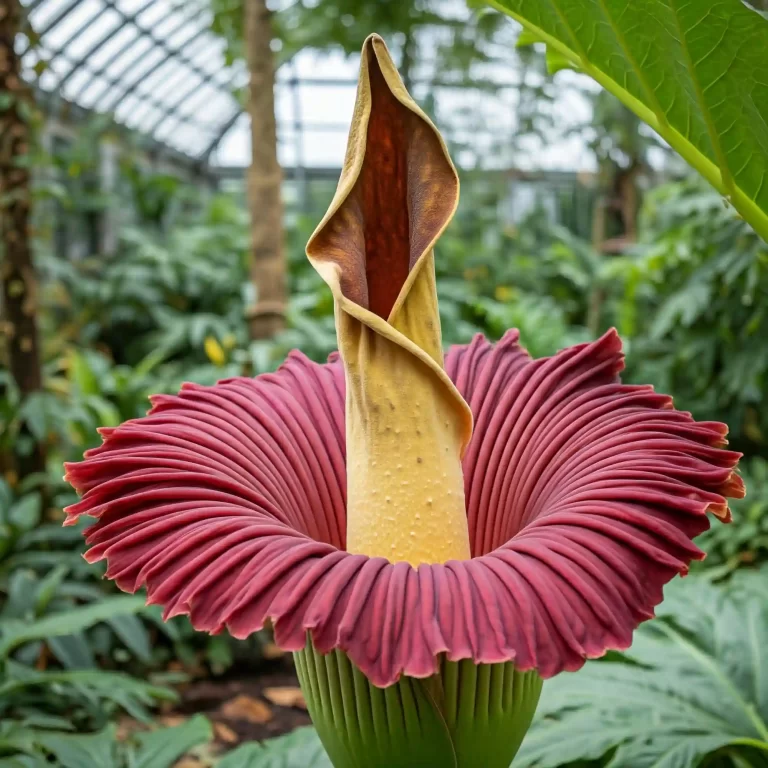Are you captivated by the enchanting beauty of peony flowers? Do you dream of having a garden filled with these magnificent blooms? Growing peonies can be a rewarding experience, but it requires careful planning and attention. This comprehensive guide will walk you through every step of the process, from selecting the perfect variety to enjoying your breathtaking blooms. Let’s embark on this floral journey together.
Choosing the Perfect Peony Variety
Selecting the right peony variety is crucial for successful cultivation. With countless options available, it can be overwhelming. Consider your climate, soil conditions, and desired flower characteristics when making your choice.
Peonies are primarily classified into two main types: herbaceous and tree peonies. Herbaceous peonies die back to the ground in winter, while tree peonies have woody stems.
- Herbaceous Peonies: These are the most common type and are known for their vibrant colors and delightful fragrance. Popular varieties include:
- Coral Charm: Known for its coral-pink double blooms.
- Karl Rosenfield: Produces large, fragrant, deep red flowers.
- Do Tell: Offers beautiful pink, single petals with a yellow center.
- Tree Peonies: These peonies are prized for their luxurious, often double-flowered blooms and impressive size. However, they tend to be more expensive and require specific care. Some notable varieties include:
- Miss America: Features large, fragrant, pink flowers.
- Buckeye Belle: Produces stunning, deep red blooms.
- Lotus Queen: Offers impressive, creamy white flowers.
Peony Variety Comparison
| Feature | Herbaceous Peonies | Tree Peonies |
| Plant Habit | Dies back to the ground in winter | Woody stems, perennial |
| Bloom Time | Late spring to early summer | Late spring to early summer |
| Flower Size | Medium to large | Large to extra-large |
| Fragrance | Often fragrant | Often fragrant |
| Care Requirements | Moderate | Higher |
When selecting a peony variety, also consider your hardiness zone. Peonies are generally hardy plants, but some varieties are better suited to specific climates.
Selecting the Ideal Planting Location
Herbaceous peonies are generally more adaptable to various climates and soil conditions. They offer a wider range of colors and bloom times. Consider factors like your garden space and desired plant height when making your selection.
Once you’ve chosen your peony variety, it’s time to find the perfect spot for your plants. Peonies thrive in locations that receive ample sunlight, typically at least six hours per day. While they can tolerate some shade, full sun promotes robust growth and abundant blooms.
The soil is another critical factor. Peonies prefer well-drained, fertile soil rich in organic matter. Avoid planting peonies in heavy clay soil, as it can lead to waterlogging and root rot.
To prepare the soil, dig a hole approximately two feet deep and wide. Incorporate compost or well-rotted manure to improve soil structure and nutrient content. If your soil is heavy clay, add sand or perlite to enhance drainage.
Once your planting hole is prepared, it’s time to carefully plant your peony. The ideal planting time for peonies is in the fall, but spring planting is also possible.
When planting bare-root peonies, gently spread out the roots in the hole. Position the peony crown so the “eyes” or growth buds are approximately 2 inches below the soil surface. Backfill the hole with soil, firming it gently around the roots. Water thoroughly to settle the soil.
For container-grown peonies, carefully remove the plant from its pot and loosen the roots. Plant the peony at the same depth as it was in the container.
After planting, water your peony deeply and regularly, especially during dry periods. Mulching around the base of the plant helps retain moisture and suppress weeds.
Peonies are relatively low-maintenance plants, but they do require some care to thrive. Consistent watering is essential, especially during the growing season. Aim to keep the soil evenly moist but not soggy. Avoid overhead watering, as wet foliage can increase the risk of fungal diseases.
Fertilizing your peonies once a year in early spring can promote healthy growth and abundant blooms. Use a balanced fertilizer formulated for flowering plants. Avoid applying fertilizer directly to the crown of the plant, as this can damage the roots.
Peonies are generally pest and disease resistant, but they can be susceptible to a few common problems. Aphids, spider mites, and Japanese beetles can infest peony plants. Monitor your plants regularly for signs of pests and treat them accordingly with insecticidal soap or neem oil. Fungal diseases like powdery mildew and botrytis blight can also affect peonies. Proper air circulation, spacing plants adequately, and avoiding overhead watering can help prevent these issues.
Caring for Your Peony Plants
Pruning your peonies is an essential practice to maintain plant health and encourage abundant blooms. The timing and method of pruning depend on whether you have herbaceous or tree peonies.
- Herbaceous Peonies: These peonies die back to the ground in winter. In late fall or early spring, cut back the dead foliage to about 3 inches above the ground. This promotes new growth and prevents diseases.
- Tree Peonies: These peonies require minimal pruning. Remove any dead, diseased, or crossing branches in late winter or early spring. Light pruning can also be done after flowering to shape the plant.
Proper pruning encourages strong growth, prevents overcrowding, and promotes healthy flower production.
Propagating peonies allows you to expand your peony garden or share your favorite varieties with others. Several methods can be used to propagate peonies:
- Division: This is the most common method of propagating herbaceous peonies. Divide mature clumps in early spring or fall. Carefully separate the crown into sections, ensuring each division has at least one healthy eye or growth bud. Plant the divisions according to the planting instructions mentioned earlier.
- Cuttings: Peony cuttings can be taken from softwood growth in early summer. Select healthy, non-flowering stems and cut them into 4-6 inch sections. Remove the lower leaves and dip the cut end in rooting hormone. Plant the cuttings in a moist potting mix and cover them with a plastic bag to create a humid environment.
- Seed Propagation: Growing peonies from seed is a lengthy process and not recommended for most gardeners. Peony seeds require stratification (exposure to cold temperatures) before germination. It can take several years for seedlings to bloom.
While peonies are generally hardy plants, they can encounter some challenges. Here are some common peony problems and solutions:
- Aphids: These tiny insects can infest peony plants, causing stunted growth and distorted leaves. Spraying the plants with insecticidal soap or a strong jet of water can help control aphids.
- Powdery Mildew: This fungal disease appears as a white powdery coating on leaves and stems. Proper air circulation, avoiding overhead watering, and applying fungicides can help prevent and manage powdery mildew.
- Botrytis Blight: This fungal disease causes brown spots on leaves and stems, which can lead to plant decline. Remove infected plant parts and improve air circulation to prevent this disease.
- Lack of Blooms: Several factors can contribute to a lack of peony blooms, including overcrowding, improper planting depth, insufficient sunlight, or nutrient deficiencies. Proper care and patience are essential for enjoying abundant blooms.
With proper care and attention, peonies can reward you with years of stunning flowers. Enjoy the beauty of these magnificent blooms in your garden!
Peonies are renowned for their exquisite beauty, making them a popular choice for bouquets and floral arrangements. To enjoy the longevity of your cut peonies, follow these tips:
- Timing is everything: Cut peonies in the early morning when the flowers are fully hydrated.
- Proper handling: Gently remove any foliage below the waterline to prevent bacteria growth.
- Hydration: Place the cut stems in a bucket of lukewarm water immediately after cutting.
- Vase preparation: Clean your vase thoroughly with soap and water to remove any bacteria.
- Water quality: Use lukewarm water and add flower food to the vase.
- Placement: Avoid placing peonies in direct sunlight or near heat sources.
- Maintenance: Change the water and trim the stems every few days to prolong the vase life.
Peonies are versatile flowers that can be incorporated into various garden designs. They make stunning focal points in borders, cottage gardens, and cutting gardens. Consider pairing peonies with complementary plants like roses, lilies, or delphiniums to create a harmonious and visually appealing display.
To inspire your garden design, explore different peony varieties with varying colors, flower shapes, and heights. Experiment with planting peonies in combination with other perennials to create a captivating and ever-evolving garden.
In conclusion, growing peonies can be a rewarding and fulfilling experience. By following these guidelines, you can successfully cultivate these magnificent flowers and enjoy their beauty for years to come. With careful planning, proper care, and a touch of patience, your garden will be adorned with stunning peony blooms that will be the envy of your neighborhood.
Frequently Asked Questions about Peony Care
- How often should I water my peonies?
- Water your peonies deeply and regularly, especially during dry periods. Aim to keep the soil evenly moist but not soggy.
- Can I grow peonies in containers?
- Yes, peonies can be grown in containers, but they may require more frequent watering and fertilization. Choose a container that is at least 18 inches deep and wide.
- How long does it take for peonies to bloom?
- It typically takes 2-3 years for newly planted peonies to establish and bloom.
- Can I move peonies?
- It is possible to move peonies, but it is best to do so in the fall. Carefully dig up the entire plant and replant it in a new location.
- What is the best time to fertilize peonies?
- Fertilize peonies in early spring before new growth emerges. Use a balanced fertilizer formulated for flowering plants.
By addressing these common questions, you can gain a deeper understanding of peony care and ensure the success of your peony garden.
Growing Peonies in Containers
While peonies are traditionally grown in the ground, they can also thrive in containers. This option is ideal for those with limited garden space or for creating stunning floral displays on patios or balconies.
Choosing the Right Container
Selecting the appropriate container is crucial for successful container-grown peonies. Opt for a large pot with ample drainage holes to prevent waterlogging. A minimum size of 18 inches in diameter and depth is recommended. Clay pots are generally preferred over plastic as they allow better air circulation.
Preparing the Potting Mix
Peonies require well-draining, nutrient-rich soil. A high-quality potting mix specifically designed for flowering plants is ideal. Incorporate organic matter like compost or aged manure to improve soil structure and fertility.
Planting Your Peony
Plant your peony in the spring or fall. Fill the pot with potting mix, leaving enough space for the peony crown. Position the peony crown slightly below the soil surface, ensuring the growth buds are covered with about 1-2 inches of soil. Gently firm the soil around the roots.
Care for Container-Grown Peonies
Container-grown peonies require more attention than their in-ground counterparts. Provide adequate sunlight, water regularly, and fertilize according to the plant’s needs. Protect your peonies from extreme temperatures by moving them indoors or to a sheltered location during harsh weather conditions.
Additional Tips
- Repot your peony every 2-3 years to refresh the potting mix and provide adequate space for root growth.
- Consider using a slow-release fertilizer to provide consistent nutrients.
- Protect your container-grown peonies from pests and diseases by regularly inspecting the plants.
With proper care, you can successfully grow beautiful peonies in containers and enjoy their stunning blooms on your patio or balcony.
Troubleshooting Common Peony Problems
While peonies are relatively resilient, they can encounter certain challenges. By understanding common issues and implementing effective solutions, you can ensure the health and vitality of your peony plants.
- Pests: Aphids, spider mites, and Japanese beetles are common pests that can infest peonies. Regularly inspect your plants for signs of infestation. Use insecticidal soap or neem oil to control these pests.
- Diseases: Powdery mildew and botrytis blight are fungal diseases that can affect peonies. Proper air circulation, avoiding overhead watering, and removing infected plant parts can help prevent these diseases.
- Lack of Blooms: Several factors can contribute to a lack of peony blooms, including overcrowding, improper planting depth, insufficient sunlight, or nutrient deficiencies. Evaluate these factors and make necessary adjustments to encourage flower production.
By addressing these potential problems promptly, you can maintain the health and beauty of your peony garden.
Preserving Peony Blooms
To extend the life of your cut peonies, follow these tips:
- Harvesting: Cut peonies in the early morning when the blooms are fully hydrated.
- Preparation: Remove any foliage below the waterline and place the stems in a bucket of lukewarm water.
- Vase Care: Use a clean vase filled with lukewarm water and flower food. Keep the arrangement away from direct sunlight and heat sources.
- Maintenance: Change the water and trim the stems every few days to prolong the vase life.
By following these steps, you can enjoy the beauty of your cut peonies for an extended period.
Incorporating Peonies into Your Garden Design
Peonies are versatile plants that can be incorporated into various garden styles. Consider these ideas:
- Focal Point: Create a stunning focal point by planting a group of peonies in a prominent location.
- Mixed Borders: Combine peonies with other perennials for a colorful and textured display.
- Cut Flower Garden: Grow peonies specifically for cutting and creating beautiful arrangements.
- Cottage Garden Style: Peonies add a touch of romantic charm to cottage gardens.
Experiment with different peony varieties and planting combinations to create a garden that reflects your personal style.
With careful planning, proper care, and a touch of creativity, you can transform your garden into a peony paradise. Enjoy the beauty and fragrance of these magnificent flowers for years to come.
Conclusion
Growing peonies can be a rewarding journey that culminates in the breathtaking beauty of these iconic flowers. By following the guidelines outlined in this comprehensive guide, you can cultivate healthy and thriving peony plants. Remember, patience is key, as peonies may take a few years to establish before producing abundant blooms.
With careful planning, proper care, and a touch of gardening enthusiasm, your garden will be transformed into a peony paradise. Enjoy the process of nurturing these magnificent flowers and the sheer joy they bring to your outdoor space.
Additional Resources
- Local gardening clubs and societies
- Botanical gardens and arboreta
- Online gardening forums and communities
By connecting with fellow gardening enthusiasts, you can gain valuable insights, share experiences, and expand your knowledge of peony cultivation.
Happy gardening!







